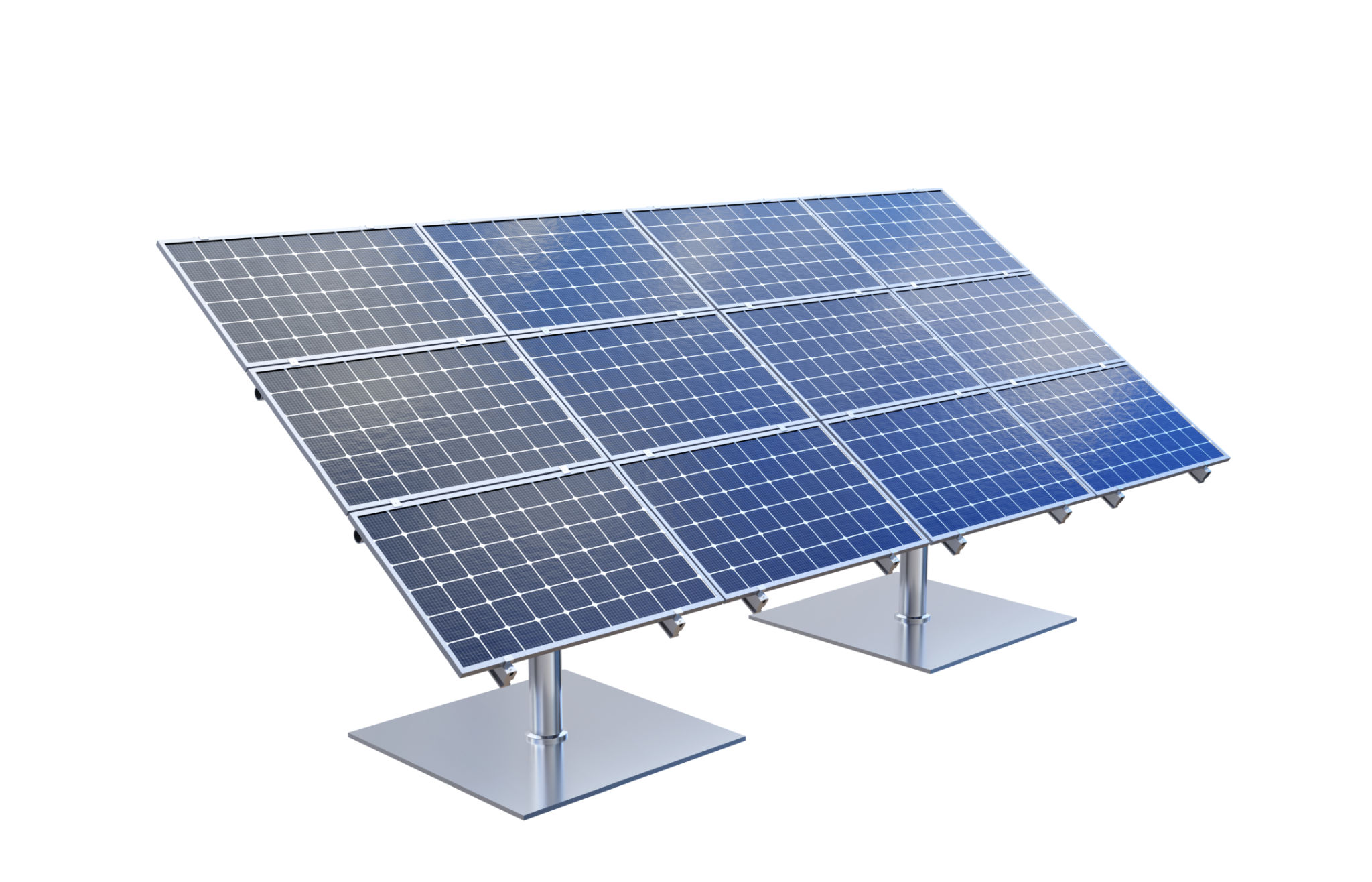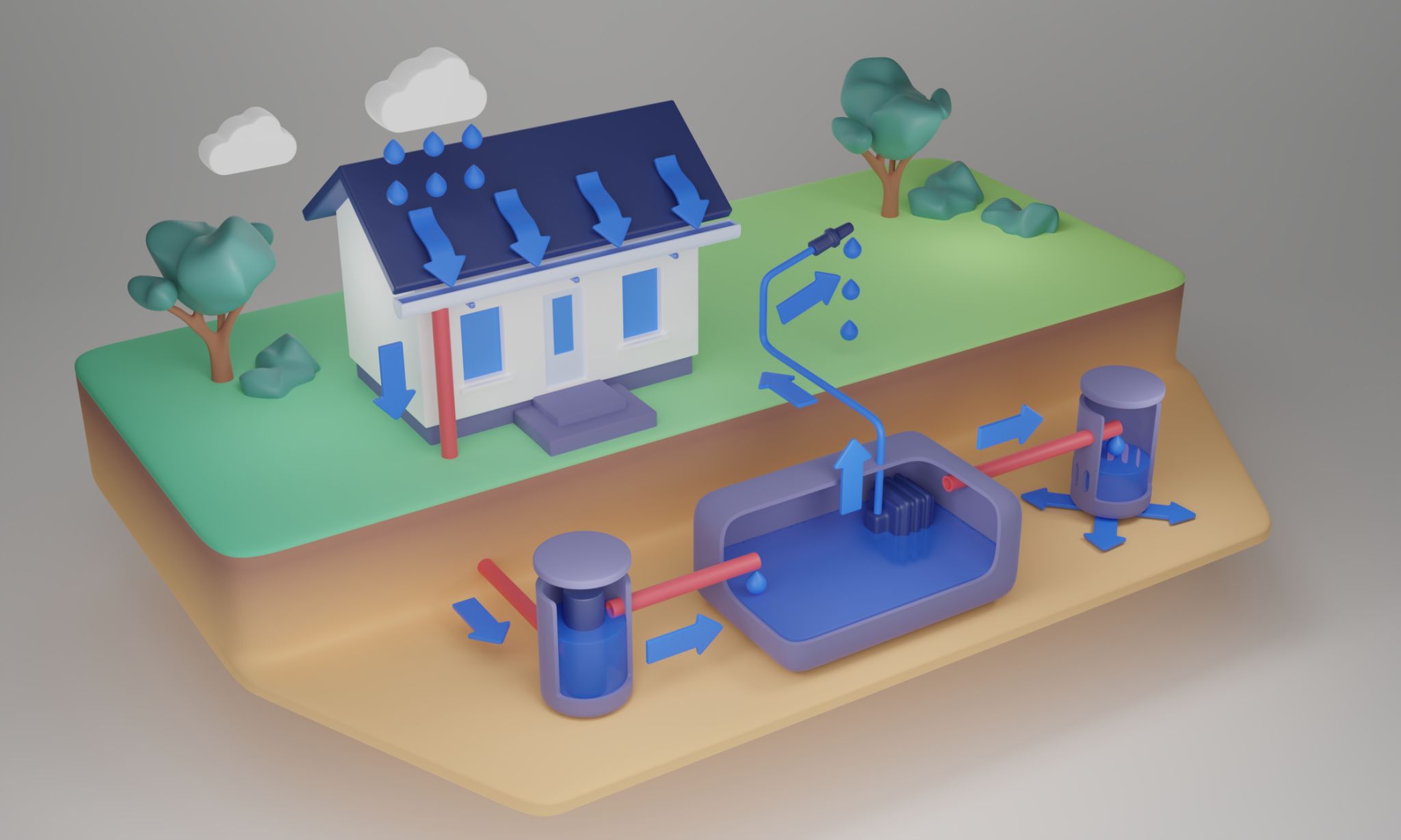Green Building Solutions for the South-East District: A Comprehensive Overview
Introduction to Green Building Solutions
The South-East District, known for its vibrant communities and rapid urban development, is embracing sustainability with open arms. Green building solutions are becoming increasingly popular, providing a pathway to environmentally friendly and energy-efficient structures. These solutions not only benefit the environment but also promote healthier living spaces and economic savings for residents and developers alike.
As the demand for sustainable construction practices grows, it is crucial to understand the various strategies and technologies that can be implemented. This comprehensive overview explores the key components of green building solutions tailored for the South-East District.

Energy Efficiency
Harnessing Renewable Energy
One of the cornerstones of green building is energy efficiency. By integrating renewable energy sources such as solar panels and wind turbines, buildings can significantly reduce their carbon footprint. In the sunny South-East District, solar energy is particularly advantageous, providing a reliable and abundant source of power.
Innovative Insulation Techniques
Proper insulation is essential in minimizing energy consumption. Innovative materials like spray foam and cellulose provide superior thermal resistance compared to traditional options. These materials not only enhance energy efficiency but also offer soundproofing benefits, creating quieter and more comfortable indoor environments.

Water Conservation
Efficient Water Management Systems
Water conservation is a critical aspect of sustainable building practices. Implementing rainwater harvesting systems and greywater recycling can drastically reduce water usage. These systems collect and repurpose water for non-potable applications like irrigation and flushing toilets, thereby conserving precious resources.
Low-Flow Fixtures
In addition to advanced water management systems, the use of low-flow fixtures is an effective way to conserve water. These fixtures, which include faucets, showerheads, and toilets, are designed to minimize water usage without compromising performance. By installing these devices, buildings can achieve significant water savings.

Sustainable Materials
Eco-Friendly Building Materials
The choice of building materials plays a vital role in sustainable construction. Using recycled or locally sourced materials reduces the environmental impact associated with transportation and waste. Materials such as bamboo, reclaimed wood, and recycled steel are excellent choices for eco-conscious builders in the South-East District.
Green Roofing Solutions
Green roofs are an innovative solution that offers numerous benefits, including improved insulation, stormwater management, and enhanced biodiversity. By covering rooftops with vegetation, buildings can reduce heat absorption, lower energy costs, and provide habitats for local wildlife.

The Economic Benefits of Green Building
Beyond environmental advantages, green building solutions offer substantial economic benefits. Energy-efficient buildings typically have lower operating costs due to reduced utility bills. Moreover, they often enjoy higher property values and increased demand in the real estate market.
Additionally, green buildings can qualify for various incentives and certifications, such as LEED (Leadership in Energy and Environmental Design), which can further enhance their value and appeal. As more stakeholders recognize these benefits, investment in sustainable construction is expected to rise.

Conclusion
The South-East District's commitment to green building solutions sets a precedent for other regions aiming to balance development with sustainability. By adopting energy-efficient technologies, water conservation measures, and sustainable materials, the district is paving the way for a greener future.
As awareness continues to grow, these practices will become integral to urban planning and development, ensuring that future generations inherit a healthier planet. Embracing these solutions today will lead to a more sustainable tomorrow for the South-East District and beyond.
